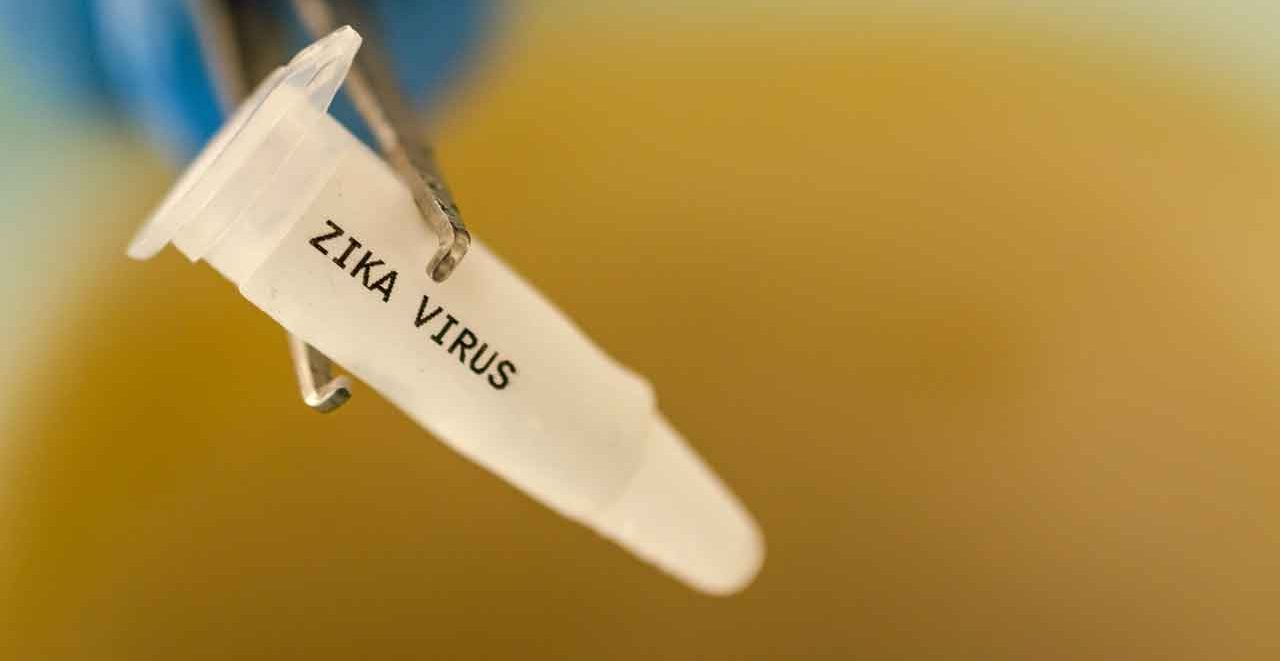Where Will Zika Virus Strike Next in the U.S.A.?

Most Zika virus cases in the U.S.A. are tied to traveling in other countries affected by the virus — but hotspots of Zika infection could develop here.
Over the past couple of years, 5,264 cases of infection with Zika virus have been documented in the U.S.A., according to the Centers for Disease Control and Prevention (CDC). Almost all Americans with the virus apparently caught Zika while visiting affected countries; a few became infected after sexual contact with a person who contracted the virus on a trip outside the U.S.
YOU MIGHT ALSO LIKE: Our Zika Virus section
Zika virus in the U.S.A.
While it’s true Americans remain far less likely to catch Zika in this country than in other places where Zika virus has spread widely, a few areas in the U.S.A. have reported Zika infections contracted locally from mosquito bites. In Florida, for example, 224 Americans presumably caught the virus through local mosquito-borne transmission, and six people in Texas became infected with Zika the same way.
As temperatures rise and mosquitoes flourish in several parts of the U.S., researchers and public health officials warn more hotspots for homegrown Zika infections could develop.
To determine potential high risk areas for Zika in the U.S., Saint Louis University researchers studied 3,108 counties across the country to see if Aedes aegypti mosquitoes (the type of mosquitoes most like to carry the virus) are found there. To project how severely a Zika outbreak might impact an area, the researchers factored in how many women of child-bearing age live in counties with potentially Zika carrying mosquitoes.
The research team also noted which counties have a large number of people with sexually transmitted diseases — that factor indicates many residents have unprotected sex, a risk factor for spreading Zika and placing unborn babies at risk for birth defects and other health problems.
YOU MIGHT ALSO LIKE: What Pregnant Women Should Know About Zika Virus
The results of the study revealed 507 high risk areas for Zika transmission in the U.S., with the bullseye on the Mississippi delta. The city of St. Louis, Mo., and St. Clair County, Ill., were cited as areas at especially high risk.
However, this doesn’t mean potential Zika hotspots are doomed for outbreaks of the virus. Instead, it’s a warning and a reminder people should heed the CDC’s advice to take precautions to prevent Zika.
“The purpose of this study was not to create unwarranted alarm, but rather to enhance Zika prevention methods such as mosquito control, effective prevention message dissemination, and treatment and care preparation, in advance of a Zika epidemic in the contiguous U.S.,” said Enbal Shacham, PhD, a Saint Louis University public health researcher who headed the study.
“We need significant planning and prevention in areas and populations most likely to experience the highest burdens from Zika infection,” she added.
In November and December of 2016, Brownsville, Tex., had half a dozen cases of Zika cases traced to mosquito bites, and the Texas Department of State Health Services (DSHS) expects additional local cases in Brownsville and surrounding areas in the warmer months as mosquitoes multiply. In addition, ongoing transmission of Zika continues in Mexico, including in towns just across the border from Texas — and that places Texans at potentially heightened risk for the virus.
“Zika remains a significant health risk to pregnant women and their babies, and it’s only a matter of time until we see local transmission here again,” said DSHS Commissioner John Hellerstedt, MD. “We want to cast as wide a net as possible with testing to increase our ability to find and respond to cases, and the Lower Rio Grande Valley remains the part of the state most at risk for Zika transmission.”
How to prevent zika virus
Texas public health experts recommend testing for all pregnant residents of several Texas counties — Cameron, Hidalgo, Starr, Webb, Willacy, and Zapata — in the first and second trimesters of pregnancy. In addition, any resident of those counties with a rash plus at least one other Zika symptom, including fever, joint pain, or eye redness, should also be tested for the virus.
For Texans in other areas, the DSHS advises all pregnant women who have traveled to any area with active Zika transmission — and anyone else with at least three of the four Zika symptoms — to be tested for the virus.
Other precautions issued by Texas are also good advice for everyone, whether you live in a potential Zika hotspot or not.
Protection from mosquitoes is key to preventing a Zika infection. To that end, consistently apply mosquito repellent if you’ll be spending time outdoors, wear long sleeves and pants, and use air conditioning or make sure your window screens will keep mosquitoes out of your home. It’s also important to pick up trash and empty containers holding standing water around homes and other buildings where mosquitoes breed.
Updated:
March 31, 2020
Reviewed By:
Janet O’Dell, RN